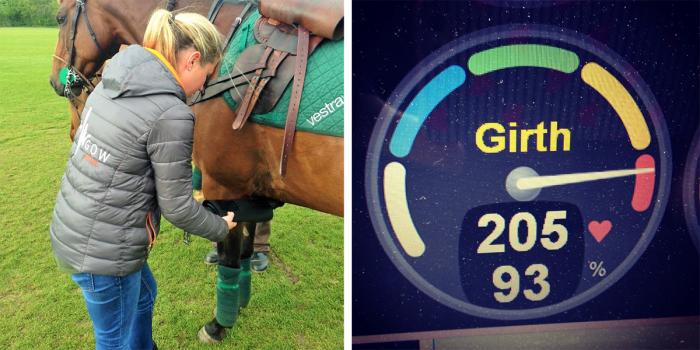
The use of a GPS and HR monitoring system in show jumpers
Current knowledge about the workload and field exercise testing in show jumping horses is limited. An understanding of the dynamics of heart rate during exercise for assessing performance levels in jumping horses is important. Therefore, the aim of the study was to investigate the application of a combined global positioning and heart rate monitoring system to assess the physiological responses in competing show jumping horses.
For the study six horses of the same breed were used. The horses competed in an outdoor arena with a fence height of 135 cm. A combined GPS and heartrate (HR) monitoring system (electrodes) was placed under the girth and saddle on the left side. Blood lactate concentrations were taken before and after exercise.
Results showed significant differences in heart rate throughout the warm-up, during the competition and after competition. Heart rate during the warm-up phase showed significantly higher heart rate during the recovery period when compared to the jumping phase. Increase in height of the fences also evoked an increase in heart rate. Blood lactate concentrations were elevated at the end of exercise.
The authors concluded that the use of a combined GPS and HR system can aid in monitoring the horse’s response to the jumping effort in both training and competition. This knowledge could aid in developing training programmes and could potentially minimise the risk of injury.
Further reading:
Use of a global positioning and heart rate monitoring system to assess training load in a group of Thoroughbred racehorses
Would you use a heart rate monitor or a combined GPS and HR monitoring system to assess the fitness of your horse and/or workload of your discipline? Or do you make use of it already?
> From: Bazzano et al., Acta. Vet. Hung. 64 (2017) 189-200. All rights reserved to Akadémiai Kiadó. Click here for the online summary.


